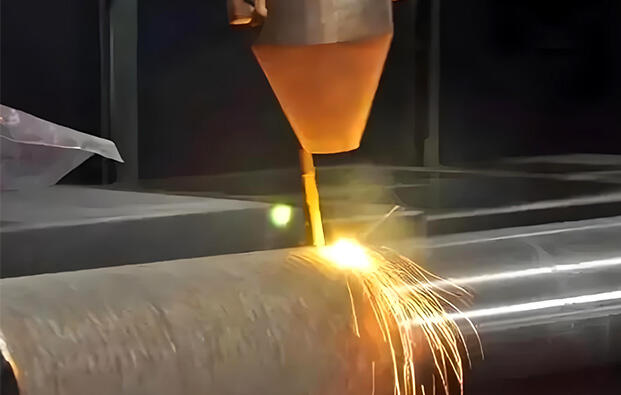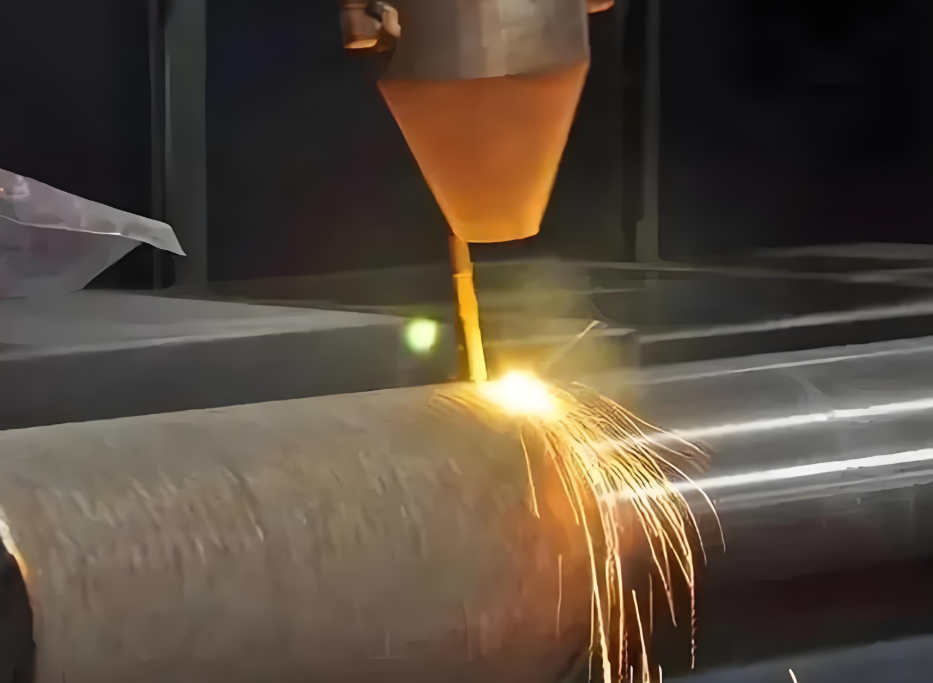Over the past decade, laser cleaning has rapidly emerged as a highly effective and environmentally friendly cleaning solution, steadily replacing traditional methods in a wide range of industries. Known for its precision, efficiency, and non-contact ...
Contact Us
Over the past decade, laser cleaning has rapidly emerged as a highly effective and environmentally friendly cleaning solution, steadily replacing traditional methods in a wide range of industries. Known for its precision, efficiency, and non-contact nature, laser cleaning can remove both organic contaminants and inorganic substances such as rust, metal particles, and dust from various surfaces.
This article outlines several well-established and widely adopted use cases where laser cleaning has proven to deliver exceptional results.

In high-volume industries like tire manufacturing, molds must be cleaned frequently to maintain production efficiency. Traditional cleaning techniques—such as sandblasting, ultrasonic baths, or chemical cleaning—typically require the mold to cool for several hours before being transferred to a cleaning station. These methods can be time-consuming and risk damaging the mold’s precision surface.
Laser cleaning offers a flexible and non-damaging alternative. Using fiber optics, the laser can reach hard-to-clean corners without disassembling the mold or cooling it extensively. Since the process generates minimal fumes and avoids chemical solvents, it’s safer for both workers and the environment.
While the initial investment in laser equipment may be higher, the long-term benefits—such as reduced downtime, extended mold life, and cleaner work environments—lead to quick returns and improved productivity.
Laser cleaning is widely used in the maintenance of military and defense systems. It allows operators to efficiently remove rust, grease, and contaminants from weapons, vehicles, and mechanical components with high precision. Unlike chemical methods, laser cleaning minimizes surface damage and leaves no residue.
Moreover, with the correct parameters, laser treatment can also form a thin, protective oxide layer on metal surfaces, enhancing corrosion resistance. The process is safe, can be automated, and reduces health risks by enabling remote operation in hazardous environments.
In the aerospace industry, repainting aircraft requires complete removal of old paint without damaging the underlying metal. Traditional mechanical stripping methods can scratch or weaken the airframe, potentially compromising safety.
Laser cleaning provides a safe, non-destructive alternative, removing paint layers quickly and cleanly. It has been successfully used to strip entire aircraft fuselages within a short time frame, all while preserving the integrity of the metal substrate.
As more high-rise buildings are constructed, maintaining the cleanliness of building facades becomes increasingly important. Laser cleaning systems offer a highly effective solution for removing pollutants, dirt, and discoloration from materials such as stone, metal, and glass.
Through fiber optic delivery, the laser can reach large surface areas or detailed architectural features with minimal effort. It is especially effective for eliminating black stains and weathering from stone, offering both improved aesthetics and preservation.
In electronics manufacturing, precision and cleanliness are critical. Prior to soldering, component leads must be free from oxide layers to ensure optimal electrical conductivity. Traditional cleaning methods risk damaging these delicate parts.
Laser cleaning is ideal for precision oxide removal. A quick pulse of the laser is sufficient to clean each contact point without mechanical stress or chemical exposure. The process is fast, reliable, and easily integrated into automated production lines.
Precision mechanical parts are often coated with grease or mineral oils for corrosion protection during manufacturing. These substances must be fully removed before final assembly or processing.
Laser degreasing excels in this application. Unlike chemical cleaning, which can leave residues, laser cleaning removes greases completely without harming the part’s surface. The process relies on the rapid vaporization of surface contaminants, producing shockwaves that lift the debris without abrasion.
This method is especially suitable for industries such as aerospace and high-precision machinery, where even microscopic residues can affect performance.
Laser cleaning has also been applied to clean internal pipelines within energy and power generation facilities. By delivering high-power laser beams through fiber optics, it becomes possible to remove radioactive or hazardous dust from internal surfaces with precision.
This approach enables remote operation, ensuring operator safety while simplifying the collection of contaminants for proper disposal.
Beyond the examples above, laser cleaning continues to find applications in numerous fields, including:
Automotive manufacturing
Semiconductor wafer processing
Cultural heritage preservation
Circuit board cleaning
Gum residue removal from public areas
LCD and display maintenance
Military and naval equipment maintenance
Fine parts cleaning and preparation
Its environmental friendliness, operational safety, and low running costs make laser cleaning a cutting-edge alternative to traditional methods. Especially in defense and high-tech industries, its ability to clean without surface damage and with minimal waste is highly valued.
As the technology matures and equipment becomes more accessible, laser cleaning is poised to become a standard solution across even more industrial sectors—bringing cleaner, safer, and more efficient processes to the global stage.